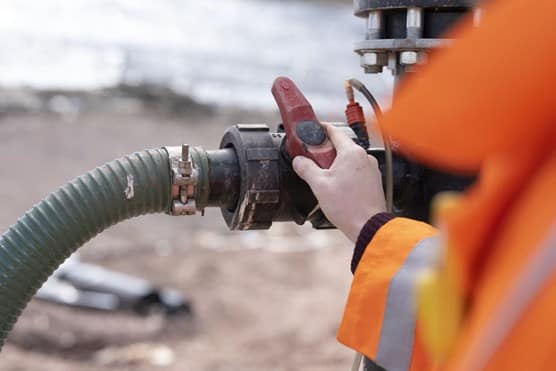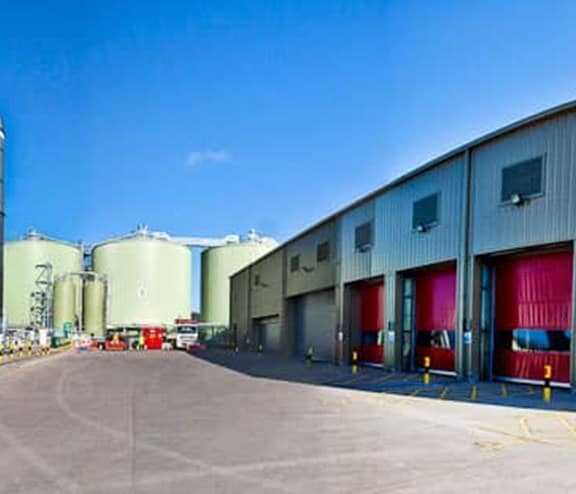
Energy from waste
Energy can be removed from contaminated or unrecyclable waste, and offers a cost-effective, low-carbon option that contributes to the UK’s energy security.
Converting waste to energy
Although Biffa reuses or recycles the majority of the waste we collect, it’s not possible for us to treat all of it. Instead of sending it to landfill, we can use it to recover energy. Energy recovery from waste is important to energy security, providing around 3% of the UK’s electricity needs. It also helps us to enable the circular economy, by decreasing the reliance on exporting waste, while recovering metals and aggregates for recycling from the ashes. The heat generated by the facilities is also captured and used for district heating schemes and commercial applications.
Energy and biogas
The remaining waste, where possible, is used to recover energy in 3 ways:
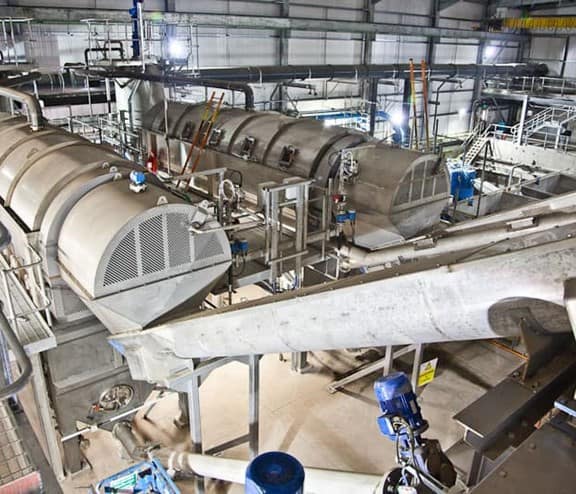
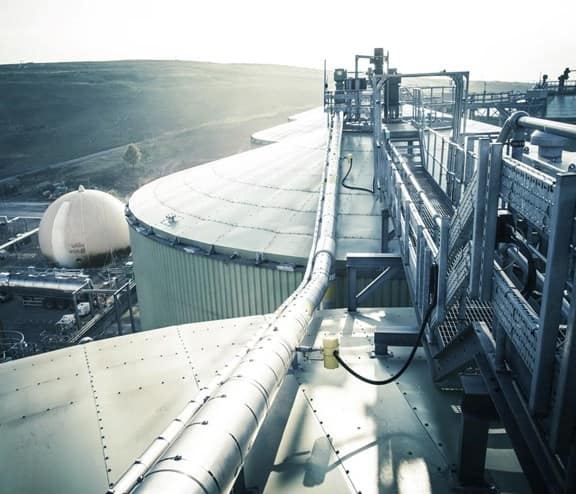
How the process works
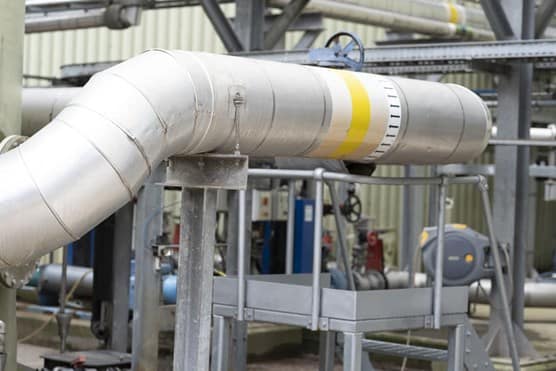
Anaerobic digestion
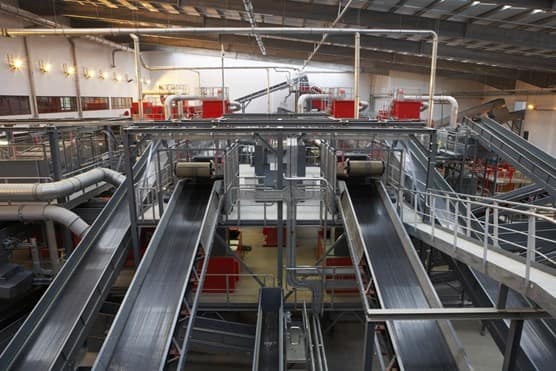
Incineration
